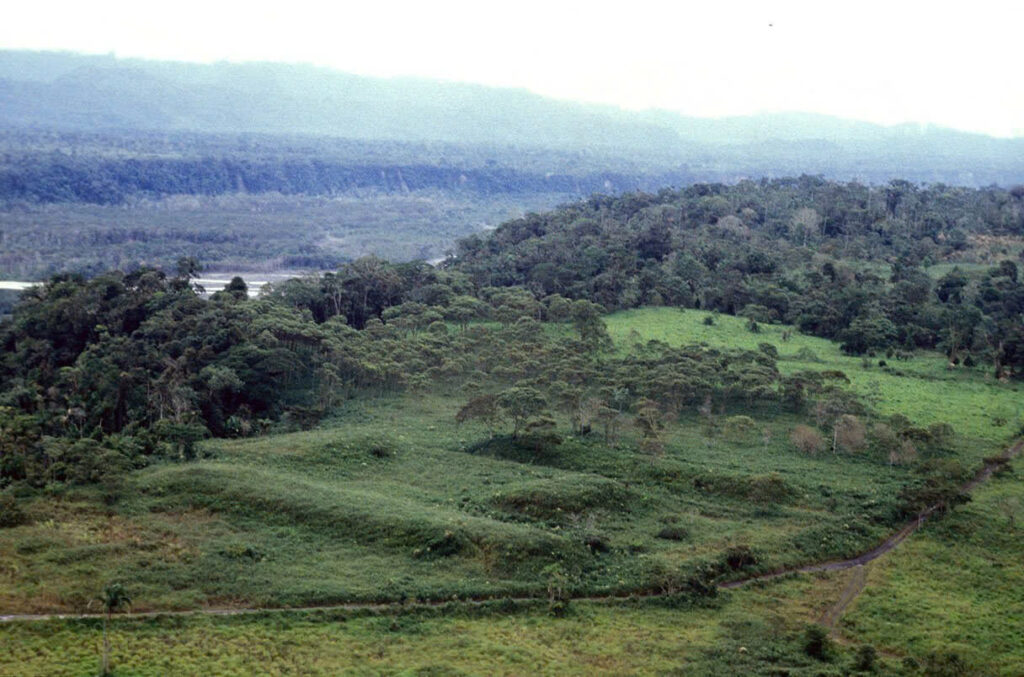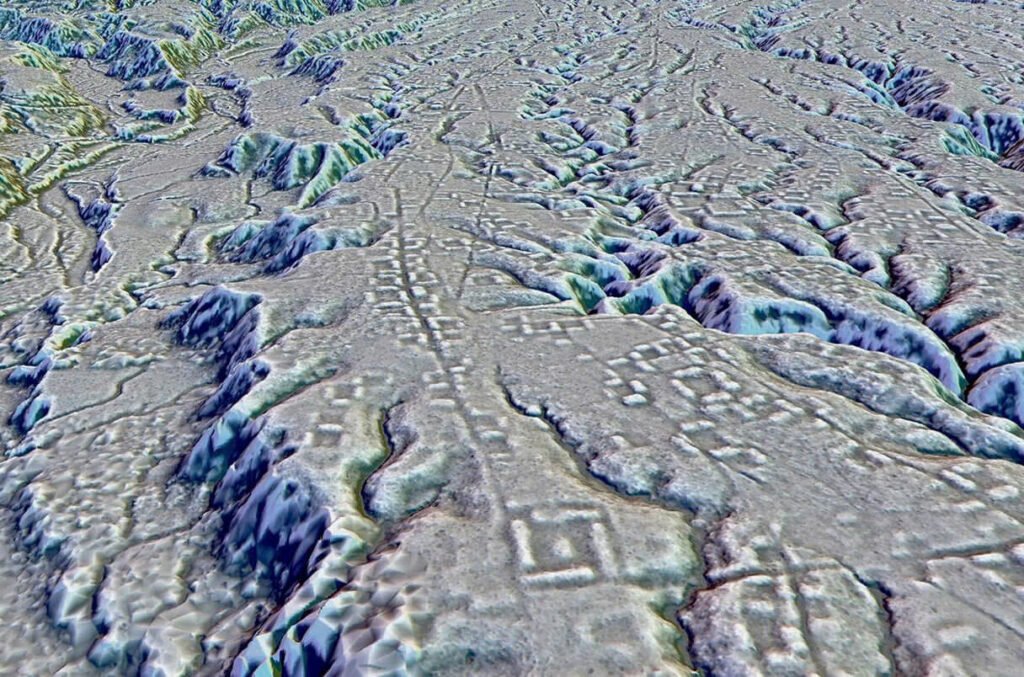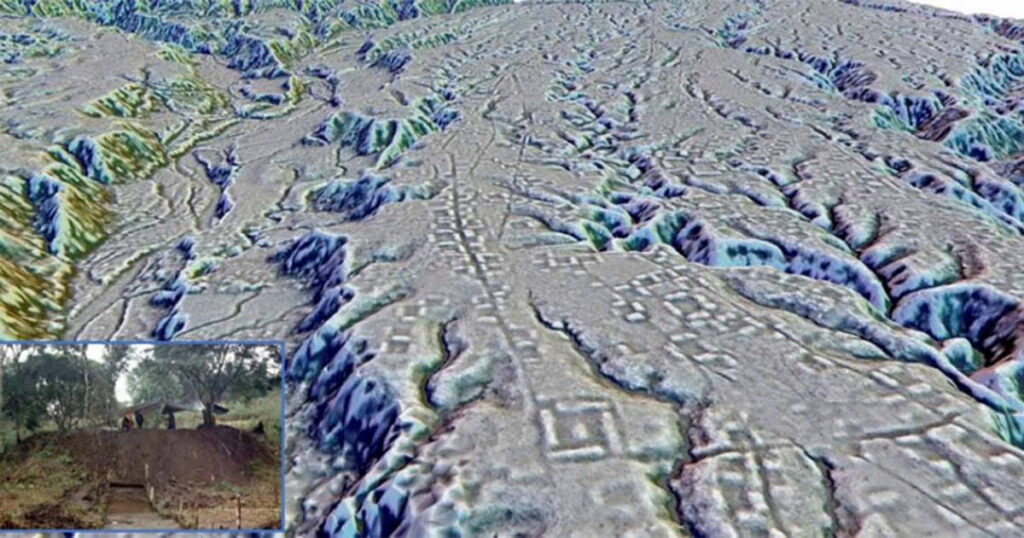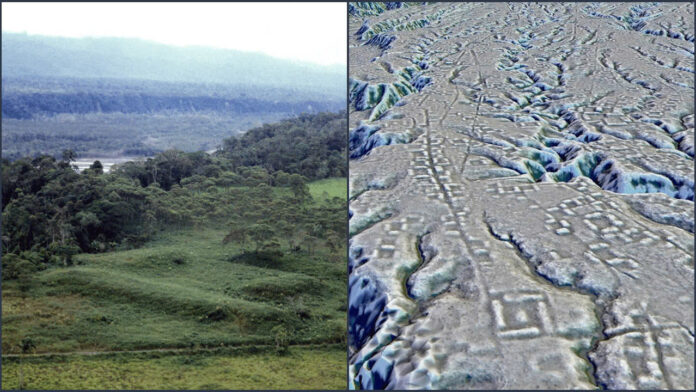In a groundbreaking discovery that rewrites the history of pre-Columbian South America, archaeologists have uncovered a sophisticated network of ancient cities hidden beneath the dense canopy of Ecuador’s Amazon rainforest. Dating back approximately 2,500 years, these interconnected urban centers challenge long-held beliefs about early civilizations in one of Earth’s most biodiverse regions.
The Forgotten Cities of the Upano Valley
For centuries, Western scholars viewed the Amazon as a primeval wilderness, largely untouched by complex human societies before European arrival. This perception has been dramatically overturned by recent discoveries in Ecuador’s Upano Valley, where archaeologist Stéphen Rostain and his team from CNRS have spent nearly three decades uncovering evidence of advanced pre-Columbian settlements.

Initial excavations at sites named Sangay and Kilamope revealed tantalizing clues: ceremonial mounds, organized plazas, decorative pottery, and large vessels for fermenting chicha, a traditional maize beer. Radiocarbon dating placed these settlements in a timeframe from approximately 500 BCE to between 300-600 CE, indicating a flourishing civilization predating many other known Amazonian cultures by a millennium.
Revolutionary Technology Reveals Ancient Secrets
The true breakthrough came in 2015 when Ecuador’s National Institute for Cultural Heritage funded a lidar survey of the region. This revolutionary mapping technology uses laser pulses emitted from aircraft to penetrate the forest canopy and create detailed topographic maps of features hidden below.
“Lidar has completely transformed our understanding of pre-Columbian Amazon,” explains Carla Jaimes Betancourt, an archaeologist from the University of Bonn. “It allows us to see through dense vegetation and reconstruct ancient landscapes with unprecedented precision.”
The results were astounding. What had appeared to be isolated settlements were revealed as part of an extensive urban network comprising five major cities and ten smaller settlements, all connected by remarkably straight, wide roads that stretched for kilometers through the rainforest.
Urban Planning in the Ancient Amazon
The scale of these discoveries challenges everything we thought we knew about early Amazonian societies. The settlement of Kilamope alone covers an area comparable to Egypt’s Giza Plateau or the main avenue of Teotihuacan in Mexico. The extensive landscape modifications rival the sophisticated “garden cities” of the Classic Maya civilization.

The urban planning evident in these sites demonstrates an impressive level of social organization. Residential areas, ceremonial structures, and agricultural zones were carefully arranged, suggesting a highly structured society with advanced engineering capabilities.
“The degree of urbanism we’re seeing here defies our previous understanding of Amazonian cultures,” says Fernando Mejía, an archaeologist at the Pontifical Catholic University of Ecuador. “And this is likely just the beginning – the Ecuadorian Amazon holds countless more secrets waiting to be uncovered.”
Rewriting Amazonian History
This discovery is particularly significant because it predates other major Amazonian civilizations by approximately 1,000 years. The Upano Valley network shows greater density and interconnectedness than the recently discovered Llanos de Mojos sites in Bolivia, suggesting a diversity of cultural developments across the vast Amazon region.
“We should stop thinking of a single ‘Amazonia’ and instead recognize many ‘Amazonias,'” suggests Rostain, highlighting the cultural diversity that existed in pre-Columbian times.
While archaeologists like Thomas Garrison caution against prematurely comparing these sites to the extensively documented Classic Maya or Teotihuacan civilizations, the Upano Valley findings undeniably represent sophisticated societies that mastered their environment and developed complex social structures.
Video
Mysteries Still to Solve
Many questions remain unanswered about these ancient Amazonians. How many people inhabited these cities? What trade networks did they establish? How did they govern such extensive urban areas? What led to their eventual decline?
Future research will focus on understanding the nuances of these societies – their political structures, religious practices, agricultural techniques, and relationships with neighboring cultures. Each new discovery adds another piece to the complex puzzle of Amazonian prehistory.
A New Chapter in Archaeological Understanding

The revelation of this 2,500-year-old urban network through lidar technology marks a watershed moment in our understanding of human history in the Amazon. It demonstrates that far from being an untamed wilderness, the rainforest was home to sophisticated civilizations that shaped their environment on a massive scale.
As researchers continue to explore these ancient cities, they’re not just uncovering artifacts – they’re revealing an entirely new perspective on humanity’s relationship with one of our planet’s most vital ecosystems. The Amazon rainforest, long celebrated for its natural wonders, now also stands as a testament to remarkable human achievement and ingenuity thousands of years before our time.

